Self-defense has long been surrounded by misinformation, often spread through movies, martial arts schools, and social media. Many of these myths can lead to overconfidence or even danger when faced with a real-life threat. True self-defense isn’t about flashy moves or strength alone, it’s about awareness, decision-making, and practicality. Understanding how these myths developed and why they persist can help individuals build realistic and effective self-protection strategies.
1. Myth: “Kicks to the Groin Always Work”
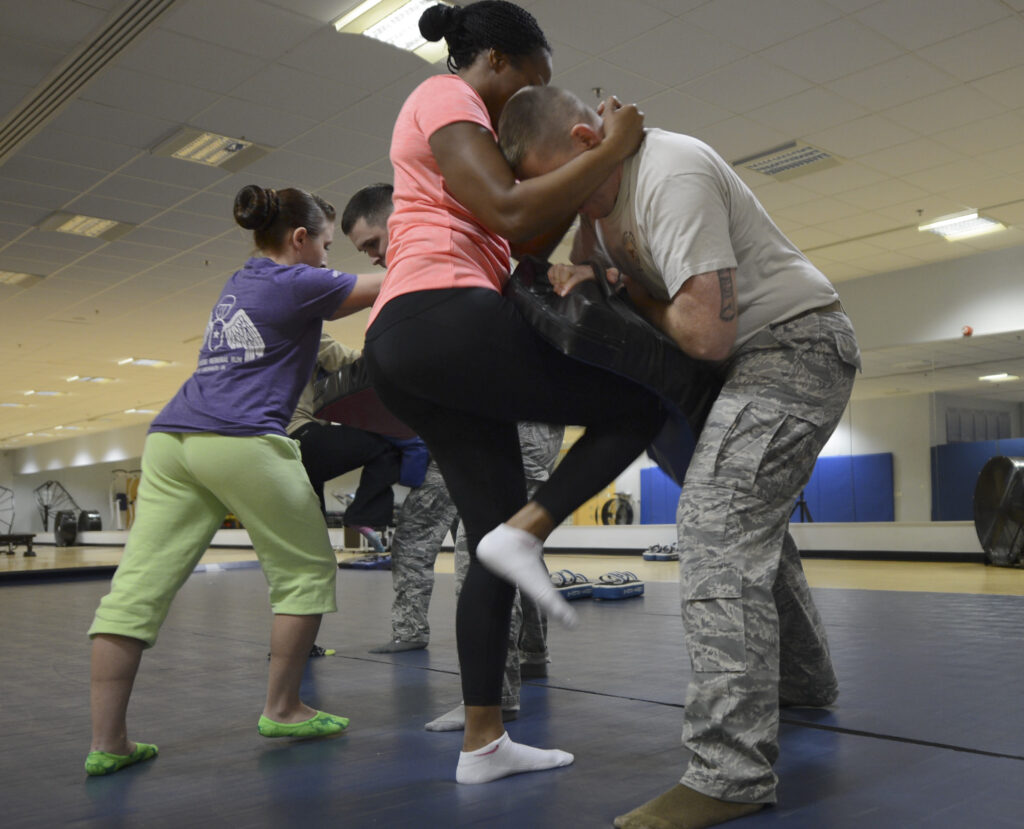
This myth became widespread in the early 1900s as women’s self-defense manuals popularized it as a universal defense move. While a groin strike can incapacitate, it’s not guaranteed that adrenaline or protective clothing can reduce its effect. In reality, relying solely on this tactic can backfire. Effective defense involves targeting accessible weak points like eyes or knees, while focusing on escaping rather than engaging in prolonged combat.
2. Myth: “Pepper Spray Guarantees Safety”

Pepper spray became a mainstream defense tool in the 1980s, especially after police adoption. However, attackers under the influence of drugs or alcohol may resist its effects. Wind, rain, or poor aim can also render it useless. While it remains a valuable deterrent, users must understand its limitations and train in quick deployment. Awareness of surroundings and escape routes remains a more reliable safety measure.
3. Myth: “You Need Martial Arts Training to Defend Yourself”

This misconception grew during the martial arts boom of the 1970s, when films showcased choreographed perfection. Real-world defense, however, differs greatly; most violent encounters last mere seconds. Practical self-defense focuses on situational awareness, boundary setting, and simple, instinctive actions. While martial arts training improves confidence, survival depends more on mindset and environmental awareness than years of complex technique practice.
4. Myth: “Carrying a Weapon Makes You Safer”
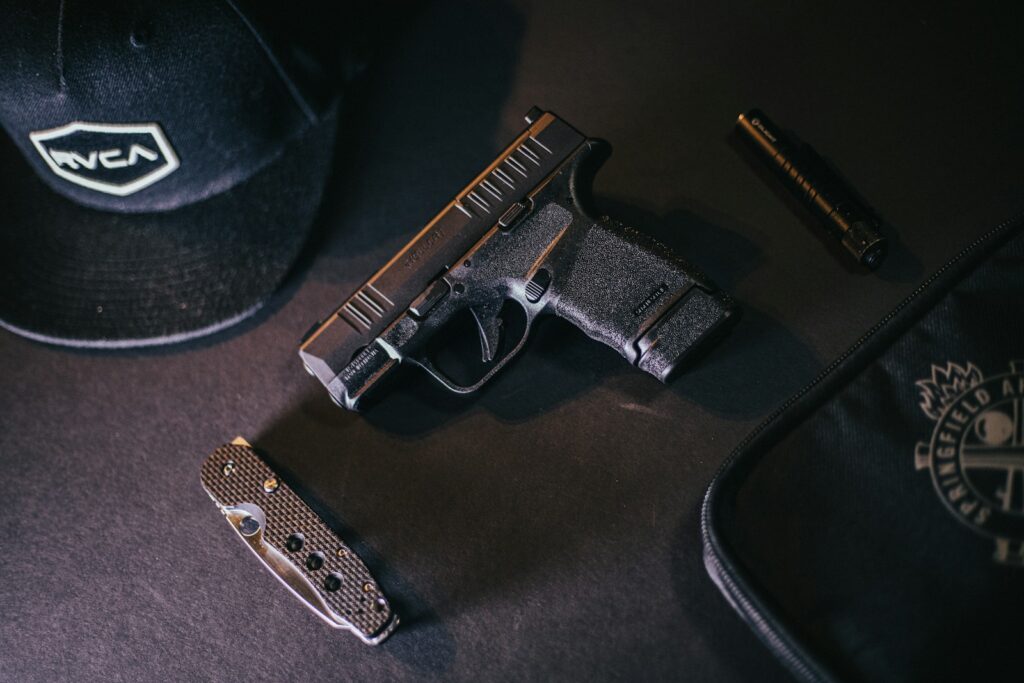
The notion that weapons ensure safety rose sharply in the late 1990s alongside concealed-carry laws. Yet, research shows that untrained individuals often lose control of their weapons or hesitate under pressure. A weapon is only an advantage when paired with legal knowledge and proper handling. True safety relies more on avoidance, de-escalation, and preparation than carrying potentially lethal tools without adequate training.
5. Myth: “Attackers Are Strangers in Dark Alleys”

This myth traces back to mid-20th-century crime portrayals, especially in noir films. In truth, most assaults are committed by someone the victim knows, and many occur in familiar or well-lit places. Believing danger exists only in dark corners creates blind spots. Effective self-defense includes recognizing manipulative behaviors, setting boundaries, and trusting instincts even when danger appears to come from familiar faces.
6. Myth: “Men Don’t Need Self-Defense Training”
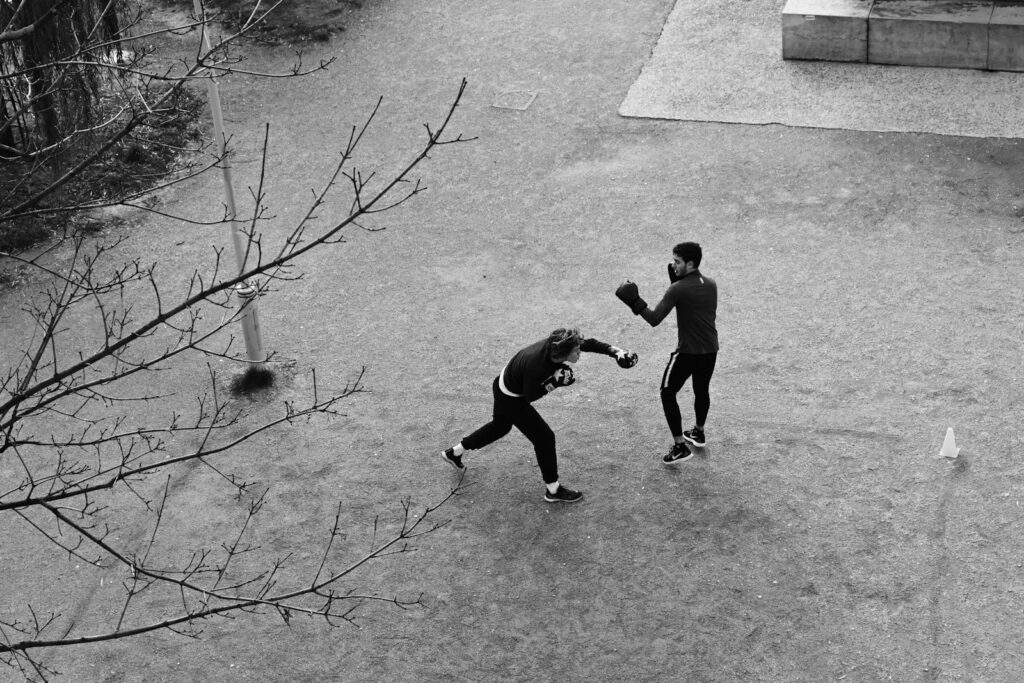
Rooted in outdated gender norms from the early 1900s, this belief assumes men are naturally stronger and immune to attack. Statistics, however, show men are often victims of street violence and robbery. Self-defense is not gendered; it’s a life skill. Men benefit from learning situational control, verbal diffusion, and escape strategies just as much as women, making awareness and preparedness universal necessities.
7. Myth: “You Can Reason with an Aggressor”
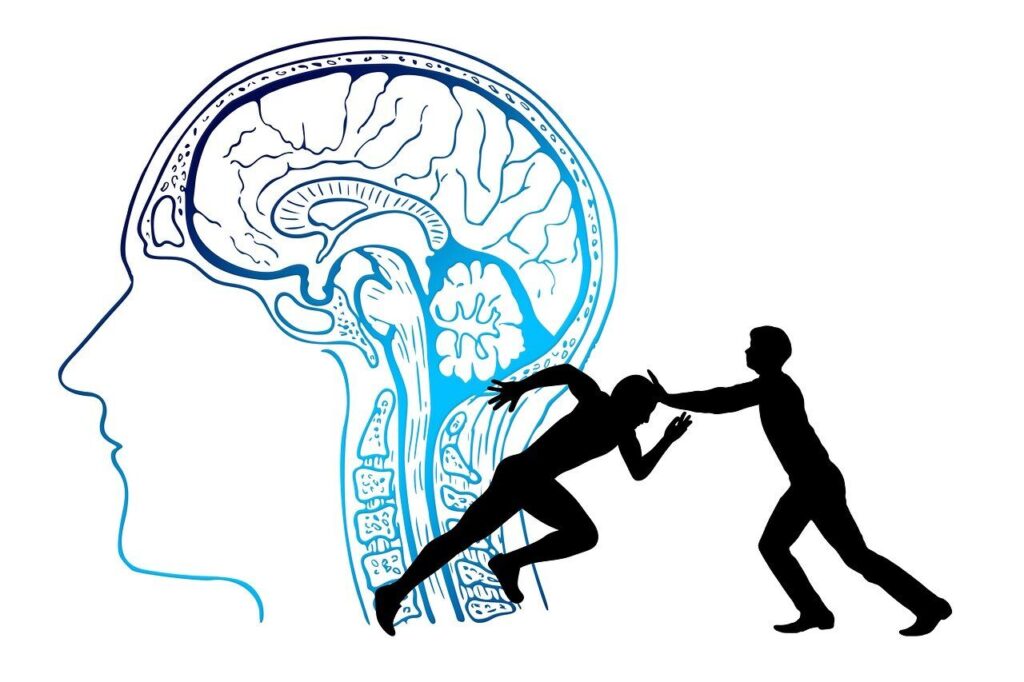
This myth, often tied to psychological self-help teachings from the 1980s, assumes every conflict can be defused with calm words. While verbal de-escalation can help, a determined attacker may not respond logically. Self-defense training teaches how to recognize when reasoning fails and when to act swiftly. Preparation includes practicing escape routes and understanding that safety, not diplomacy, must be the ultimate goal.
8. Myth: “Self-Defense Is Only Physical”
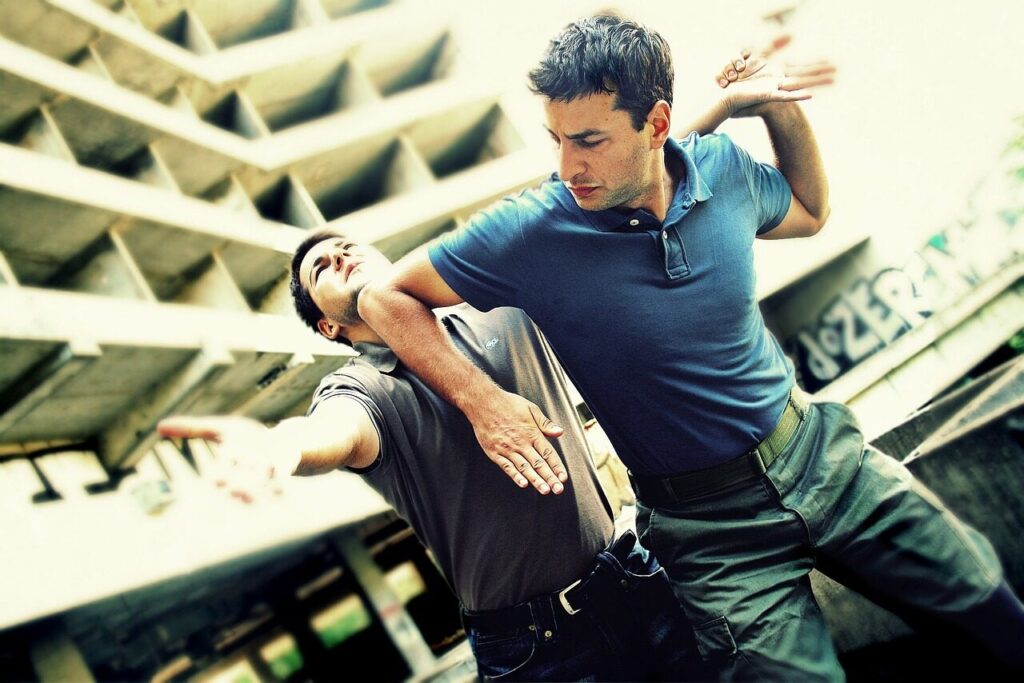
Modern psychology disproves this narrow view. Introduced widely in the 1960s, early defense programs focused on combat moves. Today, experts stress the mental and emotional components of awareness, prevention, and decision-making. Recognizing danger early, trusting intuition, and avoiding risky environments form the real foundation of defense. Physical skills matter, but proactive thinking is what prevents most confrontations from escalating.
9. Myth: “Size and Strength Decide the Outcome”

This belief dates back to early boxing culture, where strength equaled dominance. In real confrontations, strategy often outweighs power. Smaller individuals can exploit leverage, speed, and surprise to escape. Training teaches that self-defense isn’t about overpowering; it’s about creating an opportunity to flee. Understanding body mechanics and using an attacker’s momentum can neutralize threats without relying on brute strength.
10. Myth: “If You’re in Danger, Yell ‘Help!’”

Since the 1950s, safety campaigns taught people to scream “help,” but studies show it rarely draws immediate assistance. Modern safety experts recommend shouting specific phrases like “fire” or “call 911” to attract attention and urgency. Additionally, using assertive commands such as “back off” can startle an attacker. Voice is a tool, but pairing it with quick action and escape makes it far more effective.
11. Myth: “Self-Defense Training Is a One-Time Skill”
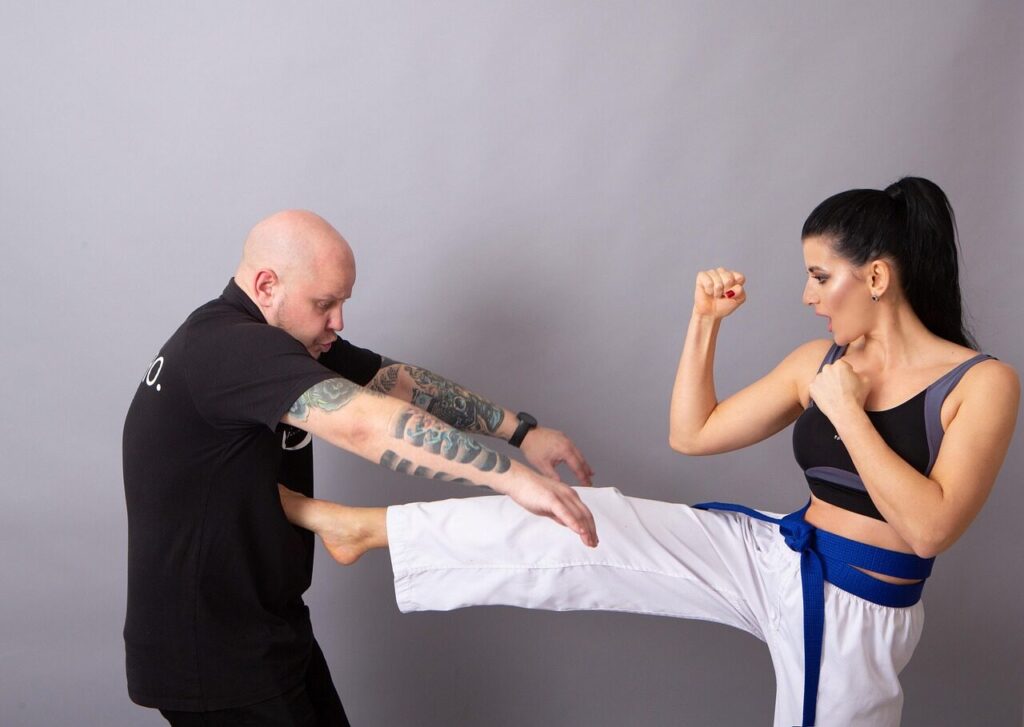
In the 1980s, weekend workshops popularized crash-course self-defense. However, without regular practice, reflexes fade and confidence erodes. True mastery comes from consistent refreshers, scenario drills, and mental conditioning. Self-defense should evolve with lifestyle and environmental changes. Just as first-aid knowledge requires updates, so does personal protection. Maintaining readiness through repetition ensures responses remain instinctive under stress.
Comments